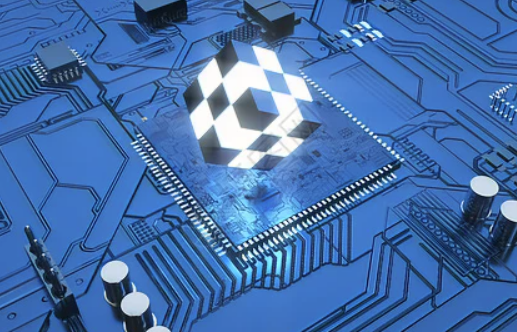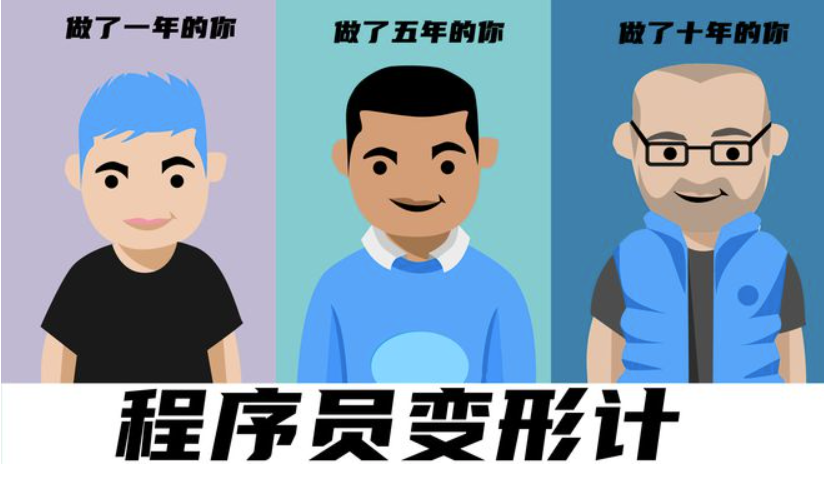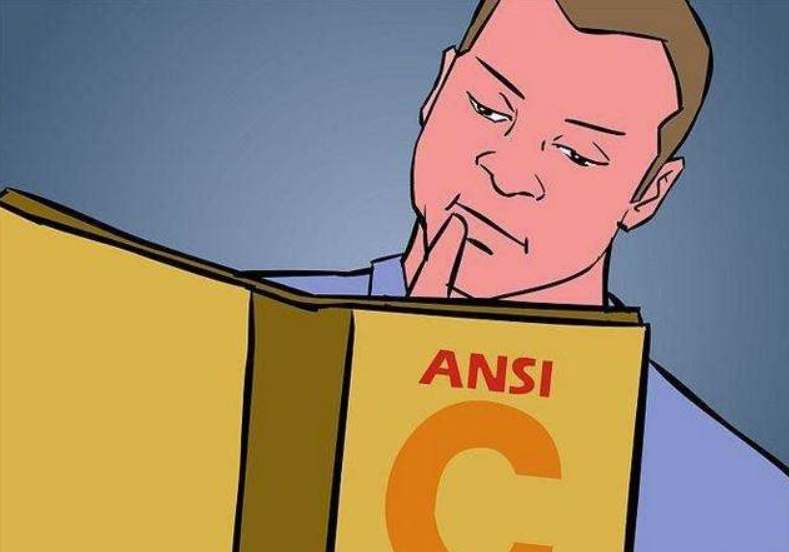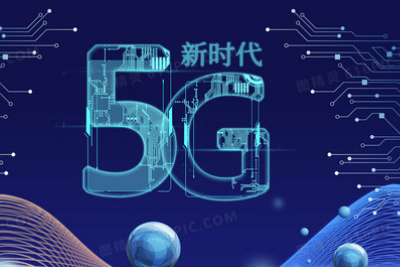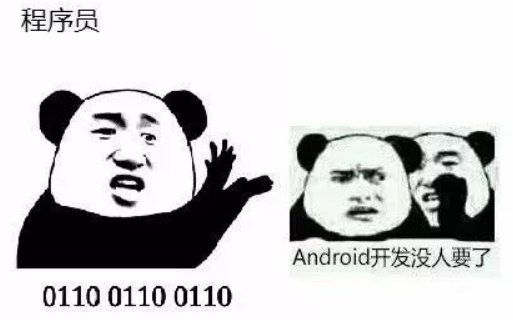The TCP/IP (Transmission Control Protocol/Internet Protocol) model is another conceptual framework used to describe how devices communicate over the internet. It has four layers, each with a specific function in the communication process.
Network Access Layer: This layer deals with the physical transmission of data between networked devices. It includes protocols such as Ethernet and Wi-Fi.
Internet Layer: This layer handles the routing of data packets across multiple networks using IP (Internet Protocol). It also provides services such as fragmentation and reassembly of packets.
Transport Layer: This layer provides end-to-end communication between applications running on different devices using TCP (Transmission Control Protocol) or UDP (User Datagram Protocol). It ensures that data is transmitted reliably, efficiently, and in sequence.
Application Layer: The topmost layer is responsible for providing services directly to users or applications running on different devices. Examples include email clients, web browsers, file transfer protocols (FTP), etc.
In summary, the TCP/IP model is designed to provide a standard way for devices to communicate over the internet by dividing the communication process into logical layers each with its own set of functions. By defining these layers and their interactions clearly, it makes it easier to develop new networking technologies and troubleshoot issues when they arise.



